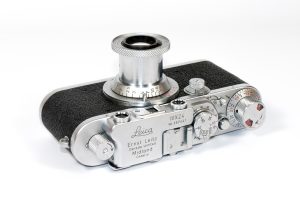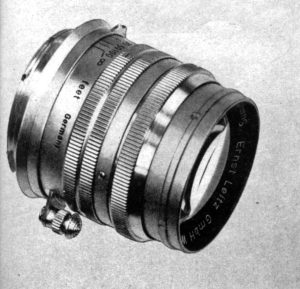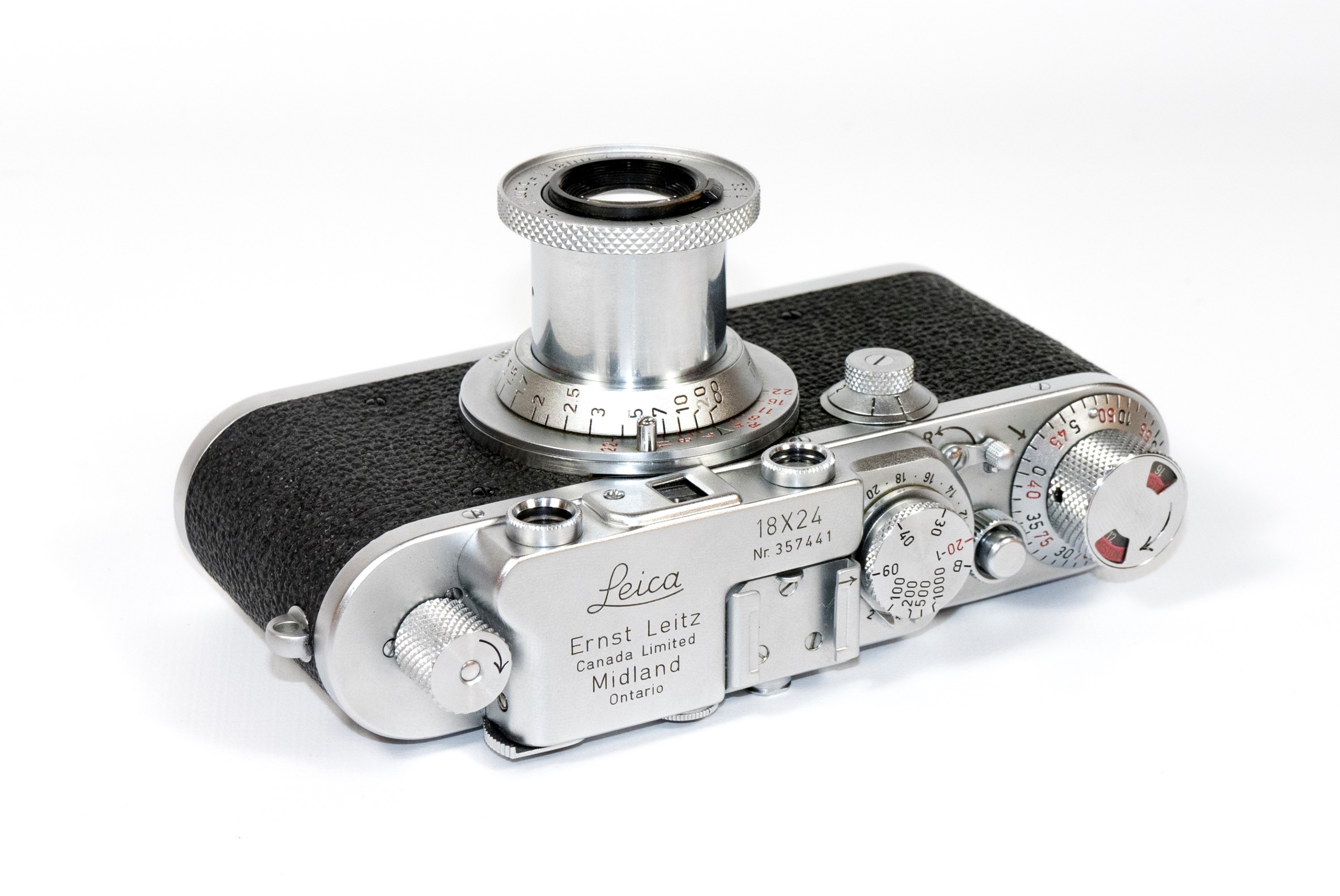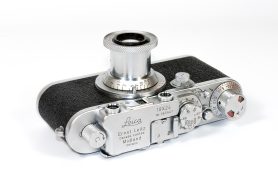Ernst Leitz has been making Leica cameras for nearly 100 years and in that time, countless articles have been written about their many products. It’s unlikely that today, in 2019, I could dig up anything that you haven’t already seen before.

So, it probably comes as no surprise that this weeks Keppler’s Vault, which comes from the January 1956 issue of Modern Photography, that author Herbert Keppler says he won’t go over all of the features of every Leica available, as “reams have already been written on each camera” already.
The purpose of this Leica System article was to take a broad look at every Leica model and all of it’s accessories available at the time. Published in January 1956, that means that the Leica M3, If, IIf, IIIf, and something called the Leica 72 are included.
Wait a minute… Leica 72? What is that? A HALF FRAME LEICA?!?!
Yep, it appears that prior to the half frame craze created by the Olympus Pen in 1959, Leitz offered a half frame Leica. Keppler’s article doesn’t mention it, suggesting this was a regular production item, but according to the Leica Wiki, only 186 Leica 72s were ever made, making them one of the rarest Leicas ever made.

If I was in charge of writing a Leica System article in 1956, it would be hard not to reap unanimous praise on the M3 which improved so much on the earlier “Barnack” Leicas, but to his credit, Herbert Keppler addresses the two main gripes of the original models, which are having to load film through the bottom of the camera, and the continued use of separate split rangefinder and viewfinder windows. The benefit to each of these features is increased body rigidity due to the lack of a hinge or removable back, and the ability to have a magnified rangefinder which improves accuracy in the older models, both two things I think many people over look with the Barnacks.
The rest of the article serves almost like a glorified brochure of Leitz’s offerings at the time with information on three different 50mm primes, five different accessory lenses, and 16 accessories. In the accessories section, we really see the completeness of the Leica as a “system camera”. I am kind of glad that I wasn’t a photographer back when these cameras were new, as articles like these would have invoked a serious case of “new camera GAS!”
All scans used with permission by Marc Bergman, 2019.










Yes, the Keppler’s Vault pages remind me of a 1950’s Leica Manual that I have. I also have the James Lager Leica books for information on equipment from before World War II and into the Leicaflex era.
I have a 1938-vintage Leica IIIa that originally came with a Taylor-Hobson Xenon f/1.5-9 “1930’s speed”lens afflicted with dust and exhibits flare when pointed at alight source. That paper weight was replaced with a 1950’s vintage 50mm f/3.5-22 collapsible Elmar, which produced outstanding Kodachrome slides and color/monochrome negatives.
The other camera is a Leica IIIf Red Dial with a collapsible 50mm f/2 Summicron. That lens has fine “cleaning scratches” that contribute to a soft focus look. I haven’t used these cameras in some time, as I eventually graduated to electronic digital cameras. I have two “trailing edge” digital cameras, a Fujifilm X30 and Canon PowerShot G15.
Oddly enough, I got those through eBay AFTER I bought a Nikon D7000 to bookend Ye Olde Nikon D40 digital SLRs.
The D40 outfit was an early 2000’s sale item at Radio Shack. (I wondered if DSLRs were as interesting as my set of older film cameras in the file cabinet.) The D7000 was a 2010 eBay find as something that could use the “screw drive” Nikkors favored by YouTube’s “Angry Photographer.”
I guess I have a mild (?) case of “Gear Acquisition Syndrome.” My college classmate, on the other hand, has been looking for “non working” cameras to test his “I can try to fix that” approach to leaf shutter cameras of the 1950’s.
Please excuse the long-winded post, I tend to wander hither and yon when I write.